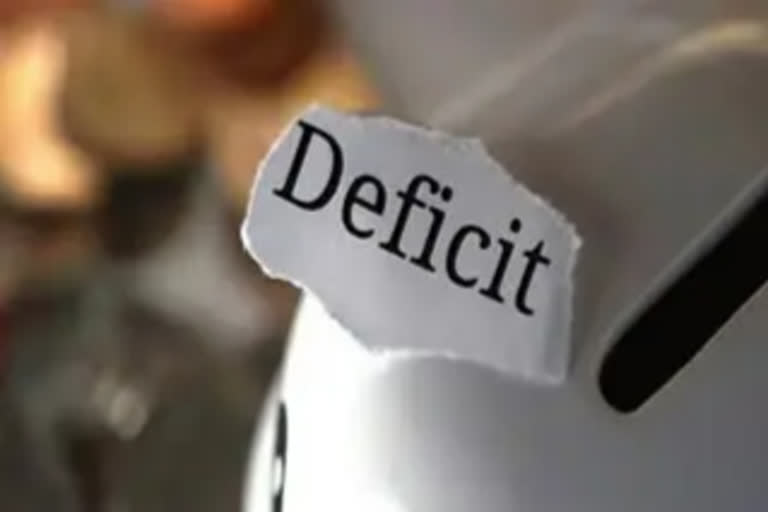New Delhi: After the tax proposals, one of the most keenly watched numbers in the Union Budget is tax proposals submitted by the finance minister is the fiscal deficit. For macro-economists, who study government finances including the revenue receipts and public expenditure, fiscal deficit is the most important number, having more importance than even tax proposals as fiscal deficit is directly linked to the government’s financial health.
If the fiscal deficit is showing an increasing trend over the years then it is a sign that all is not well with the government’s financial health, on the other hand, if the fiscal deficit shows a declining trend then it is clear that the health of government finances is improving.
However, it may not be the case all the time as sometimes the fiscal deficit may show an increasing trend due to a variety of reasons such as increased government borrowing for spending more money for infrastructure and developmental projects which is not a sign of poor health of government finances.
What is fiscal deficit?
Fiscal deficit is one of the six key indicators that the government is required to report to the Parliament under the Fiscal Responsibility and Budget Management Act, 2003.
Fiscal Deficit is the difference between the gross revenue receipts plus recovery of loans plus non-debt capital receipts (NDCR) and the total expenditure. It also reflects the total borrowing requirement of the Union government in a financial year.
Also read: RBI expresses doubts over govt meeting fiscal deficit targets
In other words, it can be said that the difference between the total expenditure of the government by way of revenue, capital and loans net of repayments on the one hand and revenue receipts of the government and capital receipts which are not in the nature of borrowing but which accrue to the government on the other, constitutes the gross fiscal deficit.
How gross fiscal deficit is presented?
Gross Fiscal Deficit is shown both in terms of absolute number and also as a percentage to the country’s GDP. The FRBM Act passed by the former Prime Minister Atal Bihari Vajpayee government mandates that the government would present the Fiscal Deficit number as a percentage of gross domestic production (GDP) at the current prices for the concerned financial year.
Also read: Union Budget Explained: What are Demands for Grants in Budget?
The FRBM Act of 2003 also mandates that the government give a three-year rolling target for three-year rolling targets for six specific fiscal indicators in relation to GDP at market prices including fiscal deficit.
For the previous financial year, the FY 2020-21, the budget estimates presented by the Finance Minister pegged the fiscal deficit at Rs 18,48,655 crore against the total expenditure of over Rs 34.5 lakh crore, which has been estimated to be 9.5% of the GDP.


